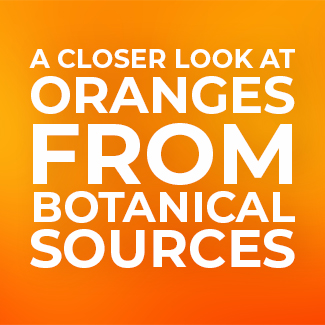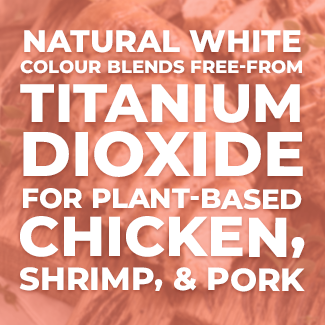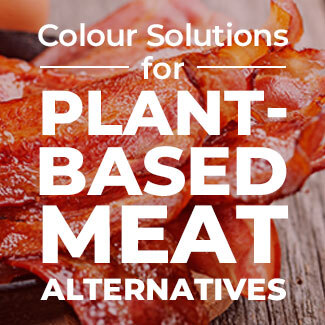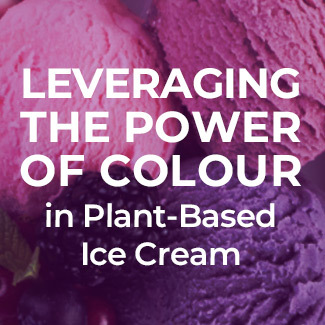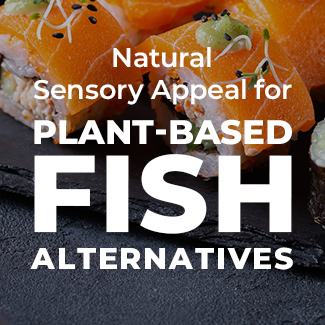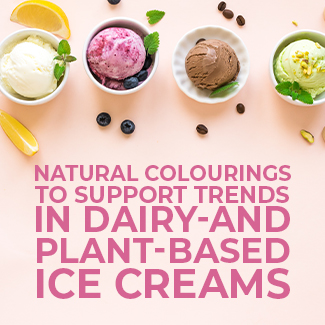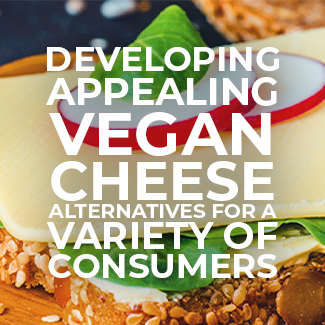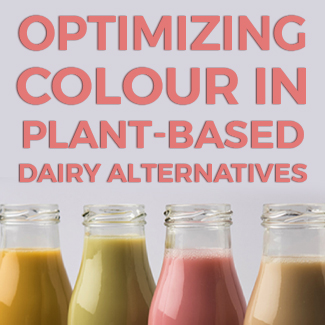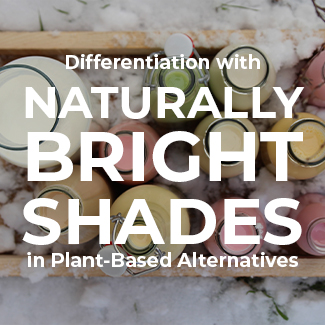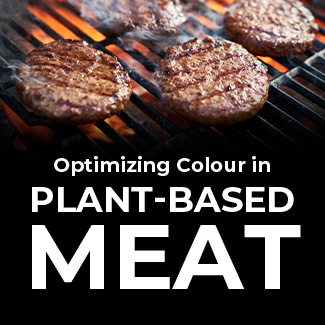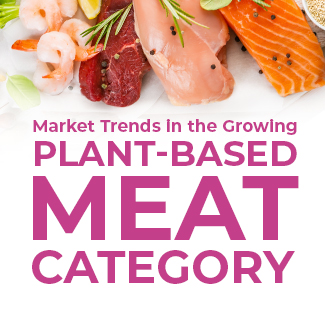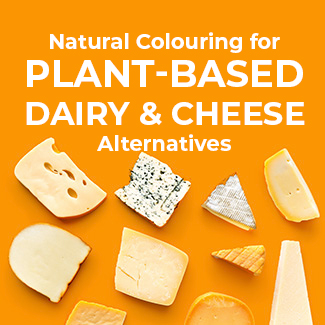Sensory Solutions for Plant-Based Meat Analogues
The Rise of Plant-Based Meat & More
It seems every day brings a new article on the motivations and progress of the plant-based meat analogue market and its developments. Investing in this segment, because “everyone is doing it” would be a logical shortcut, however, there are multiple consumer trends that plant-based meat analogues support extremely well.
About 1/5 of European consumers already today incorporate more vegetarian foods into their diet versus a year ago, Mintel reports. At the same time, more than 50% of the consumers in countries like Germany, Spain or Poland consciously integrate meat-free days into their diet. Within the age group of 25-34 year olds, 16% of consumers already consume meat alternatives multiple times a month (Mintel, 2019). Consumers are motivated by dietary lifestyles, environmental sustainability, animal welfare, or health aspirations and drive significant category demand.

Yet given the nature of plant-based meat analogue products, food scientists face highly technical and challenging product development in this arena, as the sensory component of “getting it right” is key to success; developing visually appealing and great tasting meat analogues with pleasant mouthfeel is crucial.
Innovating simply without Compromise
For many R&D working on plant-based meat analogue products, the task at hand is creating an alternative that looks, tastes, and smells just like the real thing. “The goal for Impossible Foods was to have an uncompromisingly delicious meat without using animals,” said founder, Patrick Brown. Collaborating with ingredient suppliers like Sensient who have extensive experience in creating turn-key, natural sensory solutions that are compatible and stable offers a huge technical advantage to both small and large companies innovating in the plant-based meat space.
In order for product developers to give their end consumers a delicious, plant-based meat experience without sacrifice, it’s important to understand how consumers arrive at the decision of deliciousness. While 52% of consumers indicate taste as a key driver of purchase intent, it’s actually more important for repeat purchases (Mintel, 2019). Visual appeal is what’s critical for the initial purchase, because consumers first eat with their eyes, and then move onto the other senses like smell, taste, and mouthfeel.

In fact, ingredients like natural beef flavour or natural griddled bacon flavour are not as simple as the way they “taste”, because other senses like sight can dominate consumers’ interpretation of “taste”, especially when the product does not “look” like how it should “taste”.
Understanding the relationship between the senses and how ingredients like natural flavours, colours, and taste technologies is crucial, as all work hand-in-hand to help consumers arrive at the decision of “delicious taste”. When product developers of any category, especially plant-based meats aim to mimic the experience of animal protein, this knowledge is a true asset that should be leveraged to successfully meet consumers’ sensory expectations.
A Holistic Solutions Approach to Plant-Based Meat Development
Sensient approaches sensory solutions for plant-based meat analogues as a consumer would experience the product, starting with their eyes.

SIGHT: PLANT-BASED MEAT ANALOGUES THAT LOOK RAVISHING
The visual aesthetics of plant-based meat analogues vary on a few things…

Type of animal meat being mimicked

Shade of the starting base material

Visual preference
To maintain a simple, plant-based ingredient statement, food colour from botanical sources is the obvious option, and luckily, there are solutions available to address the three variables mentioned above.
VISUAL PREFERENCE
RAW PINK/RED AND COOKS TO BROWN

SOLUTION(S):
Blends of pH-stable red and brown colouring foods or natural colours
EXAMPLE:
Sensient’s Crimson Brown turning the raw red “meat” to brown during frying
VISUAL PREFERENCE
RAW PINK/RED COOKS TO BROWN BUT CENTER REMAINS PINK

SOLUTION(S):
Blends of pH-stable red and brown colouring foods or natural colours
EXAMPLE:
Sensient’s Crimson Brown or Sensient’s heat-stable SupraRed™
VISUAL PREFERENCE
RAW AND COOKED PINK/RED

SOLUTION(S):
Blends of pH-stable red natural colours or colouring foods
EXAMPLE:
Sensient’s pH and heat-stable SupraRed™ beetroot juice
VISUAL PREFERENCE
SHADES OF WHITE AND LIGHT BROWN

SOLUTION(S):
Plant-based white/opacifying solutions with golden brown colouring
EXAMPLE:
Sensient’s Avalanche™ and Natural Brown colouring foods
As you can see, the approach to visual aesthetics in plant-based meat analogues varies based on objectives, but with the many strides in natural colour innovation, achieving the desired appearance should not involve any compromise
Because your brand success is ours, colour solutions from Sensient also come with unparalleled technical expertise dedicated to helping you achieve the most attractive appearance that differentiates your product. You are welcome to set up a consultation with us here at any time.




